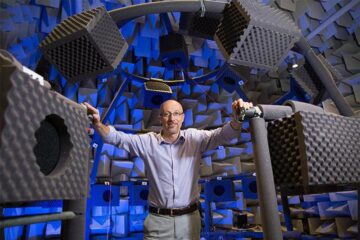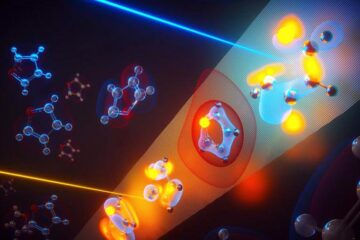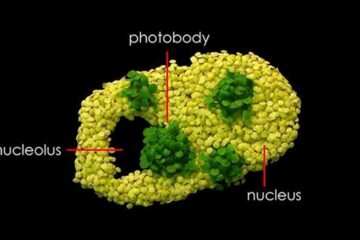Microwave oven key to self-assembly process meeting semi-conductor industry need

Thanks to a microwave oven, the fundamental nanotechnology process of self assembly may soon replace the lithographic processing use to make the ubiquitous semi-conductor chips.
By using microwaves, researchers at Canada's National Institute for Nanotechnology (NINT) and the University of Alberta have dramatically decreased the cooking time for a specific molecular self-assembly process used to assemble block copolymers, and have now made it a viable alternative to the conventional lithography process for use in patterning semi-conductors.
When the team of chemists and electrical engineering researchers replaced convective heat with a microwave oven, nano-sized particles were encouraged to organize themselves into very regular patterns extremely quickly – reducing the processing time from days to less than one minute.
The processing time is very important if this self-assembly process is to be introduced to industrial semi-conductor fabrication. In the International Technology Roadmap for Semiconductors, the promise of self-assembly to address the need to put more and more functionality onto chips was recognized. The block co-polymer method, which directs nanomaterials to create molds and then fills them in with a target material, was known to be capable of creating very detailed patterns many times smaller than current technology. But previously the time needed for molecules to organize themselves was too long to be useful for the industry. The change of the heat source has brought that processing time well under the suggested target of 4 minutes.
“This is one of the first examples of the self-assembly process being used to address a real world problem for the semi-conductor industry,” said Dr. Jillian Buriak “We've got the process; the next step is to exploit it to make something useful.”
The process for quicker assembly is outlined in new paper in the American Chemical Society's ACS Nano, posted on-line October 21, 2010. http://pubs.acs.org/doi/abs/10.1021/nn102387c
Media Contact
More Information:
http://www.nrc.gc.caAll latest news from the category: Power and Electrical Engineering
This topic covers issues related to energy generation, conversion, transportation and consumption and how the industry is addressing the challenge of energy efficiency in general.
innovations-report provides in-depth and informative reports and articles on subjects ranging from wind energy, fuel cell technology, solar energy, geothermal energy, petroleum, gas, nuclear engineering, alternative energy and energy efficiency to fusion, hydrogen and superconductor technologies.
Newest articles

Why getting in touch with our ‘gerbil brain’ could help machines listen better
Macquarie University researchers have debunked a 75-year-old theory about how humans determine where sounds are coming from, and it could unlock the secret to creating a next generation of more…

Attosecond core-level spectroscopy reveals real-time molecular dynamics
Chemical reactions are complex mechanisms. Many different dynamical processes are involved, affecting both the electrons and the nucleus of the present atoms. Very often the strongly coupled electron and nuclear…

Free-forming organelles help plants adapt to climate change
Scientists uncover how plants “see” shades of light, temperature. Plants’ ability to sense light and temperature, and their ability to adapt to climate change, hinges on free-forming structures in their…





















